Following another bustling summer, with Malta’s beaches and entertainment venues flowing with tourists, The Malta Independent on Sunday sat down with Malta Tourism Authority (MTA) chairman Gavin Gulia in their modern offices in Smart City.
Gulia described the successes and challenges of yet another peak season for tourism. Back in 2012, there were talks of turning Xlendi Bay into a sandy beach. It transpires that the MTA is currently reviewing this possibility and are carrying out various studies.
“We are looking at Xemxija Bay. Obviously, the MTA will not handle the project itself – it’s not something within its remit; big infrastructural projects need finance approved by the Finance Ministry or from EU funds.
“We are having discussions with the Finance Ministry and we also have to talk to the Infrastructure Ministry. In the meantime, we are carrying out studies as we have to assess what the impact on traffic will be. The area is already quite busy, especially on Sunday afternoons, with traffic coming from Gozo. A project such as this would generate more traffic and will require collaboration with the Transport Authority.

“The MTA must have discussions with the environmental agencies and the planning authorities, but we are looking at it seriously. I wouldn’t say it’s in a conceptual phase: it’s quite advanced, but we haven’t started because firstly we have to conclude our studies.”
Interestingly Gulia revealed that the MTA is also contemplating a similar idea for the south of Malta.
“We also have to look at the south of Malta. If we are considering having another beach in the north, this would help alleviate the traffic flow in Għadira, Ghajn Tuffieħa, etc. We have a commitment to the south but we still have to identify where we could actually embark on a project such as this.”
Asked about which areas the MTA have earmarked, Gulia said that it is too early to say, but he reaffirmed his remark that the MTA is “looking at the south”.
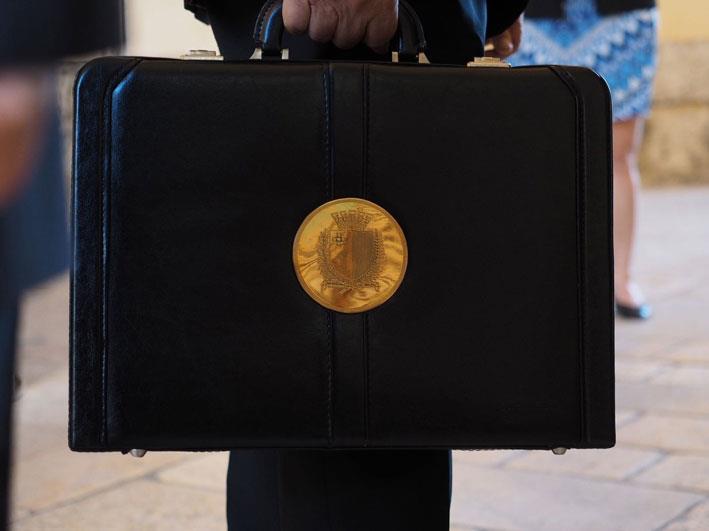
Budget 2018
Turning to the 2018 budget that was presented to Parliament last Sunday, this newsroom asked about the impression that tourism has been given less attention than it has received in the past.
Gulia quipped that this is because things are going so well, remarking that despite there being less talk about tourism than in previous years, the tourism sector had actually received €4.5 million more in funding.
“That speaks volumes, and is a signal of acknowledgment of what we have been doing. We are accustomed to getting an increase of €1 million each year, but this time it was €4.5 million.
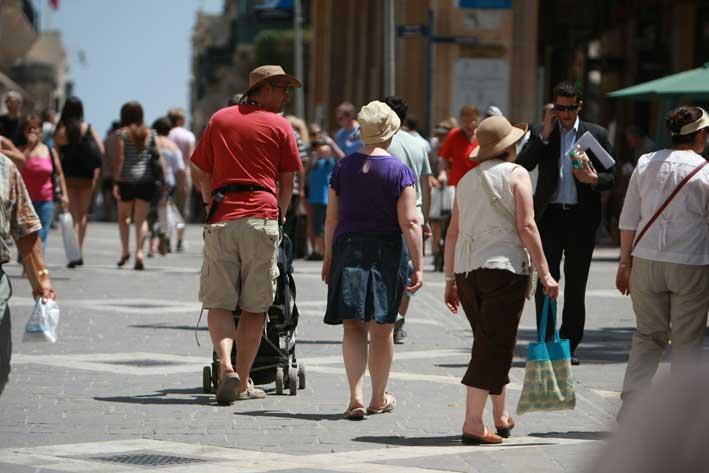
“Mostly, this is spent on marketing. We are also getting €6 million for projects. One of the interesting developments between the last legislature and this one is that the entity ‘Projects Malta’ has been placed under the Tourism portfolio. This is a clear signal from the government that it wants to look after the ‘Malta product’.
“There is also the eco-contribution fund”, he said, “administered jointly by the government and the Malta Hotels and Restaurants Association (MHRA). The proceeds go towards the embellishment of projects and maintenance – so the money is there.”
Asked whether so many entities should be involved and about the mis-communication that could occur, Gulia countered by saying that if you lump the MTA with too many functions it might get overstretched and see its effectiveness reduced.
“These are entities that are orbiting around the MTA – we all know what each other is doing. It is an indication that we know there are challenges, and we are being given the tools to address them. The foundations are there to improve Malta’s product.
Gulia explained that the record two million tourists who visited Malta in 2016 was actually the target for 2017, and the authorities are forecasting 2.3 million tourists next year.
“The performance has been impressive,” he said.

Malta considered a ‘safe’ destination
Over the past two years, with events taking place in other key tourist destinations such as Egypt and Tunis, as well as terrorist attacks across Europe, people are beginning to ask if this is prompting more people to visit Malta, given the perception that it is a safe country.
Based on his interpretation of available data available on tourists, Gulia disagrees with this. “People say that Malta is doing well because of problems in Turkey, Tunis, Egypt, etc. When presented with this thinking, I wanted to get to the bottom of it because I wanted to know whether or not Malta would suffer, should these markets open up again.
“We are doing well with our marketing. First of all, if that is the problem, we are doing well in attracting these tourists to Malta instead of other Mediterranean destinations. We do have rivals in the Med, such as Greece, Italy and Spain. If you are not going to work hard to bring those tourists over, they will go to other destinations.
“There is another reason, however. I am a firm believer that we are doing well on our merits for a number of reasons. Look at Sharm el-Sheikh in Egypt, with sun and sea all-year-round. When are we growing? We are growing in the winter season, when there isn’t the sun and sea. The tourists that used to go to Sharm el-Sheikh are not coming to Malta instead, because it’s a totally different model. They go to Tenerife, for example, because it is the same product and the same model.”
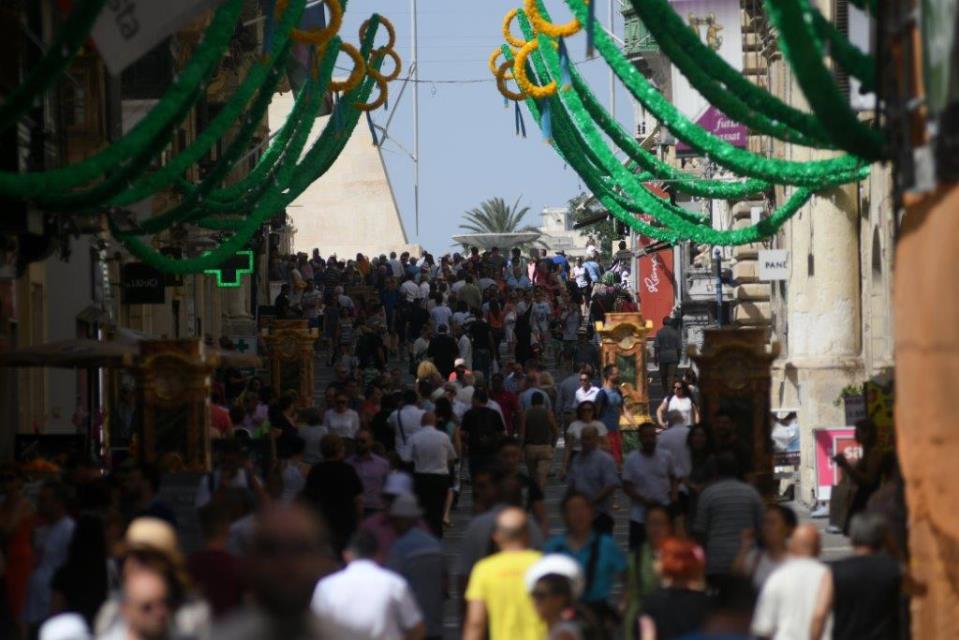
Sharm el-Sheikh was a once very popular tourist resort in Egypt, however attacks – coupled with a Russian jet-liner being gunned down as it left the resort – have seen tourists disappear.
“Tunis, for example, is comparable to Malta in terms of climate. It is still a different model, however, because it is considered a low-cost destination. The tourists going there do so because of the low-rates for hotels. These people do not come to Malta because our hotel rates are higher – and are going up, thanks to the high demand. So it is expensive for tourists who would go to Tunis to choose Malta as an alternative.
“When there was an attack on tourists in Tunis in the middle of summer, those with a holiday planned there did not choose Malta as an alternative – they went somewhere else. This is because the hotels in Malta, bang in the middle of summer, were fully booked.
“Our hotels were full on our own merit, not because there was a terrorist incident and so people then came to Malta. This is why I believe Malta is doing well under its own steam. Turkey has a similar model and, should things improve there, we might lose some tourists but the impact would be marginal.”
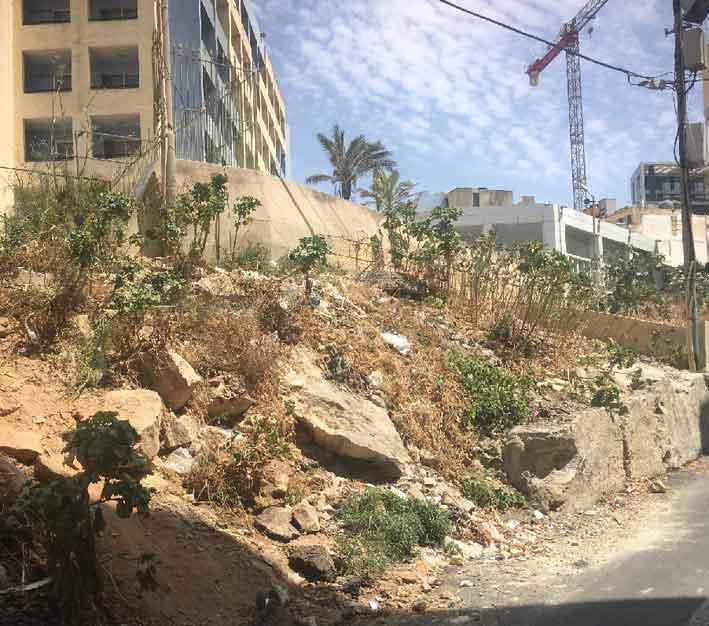
Malta and cleanliness
Gulia recalled a time, in around October 2014, when the MTA was inundated with complaints about rubbish.
“We are not responsible for waste collection,” he said. “That is in the hands of the Cleansing Department, the local councils, etc. Indirectly, however, we are very interested and we received complaints from both locals and visitors.
“We were receiving so many, when we’d been thinking it was a one-off, that we got to work trying to figure out what was happening.”
He said that, usually, after the summer the number of tourists goes down – a period known as the ‘shoulder months’, and certain regular cleaning services were reduced by around 50 per cent.
Effectively, if St Julian’s, for example, was being cleaned three times a day in August then, come October, this would go down to once a day.
“We started noticing that the population was not going down at the end of September. We were managing to bring in tourists in the shoulder months – for example October, November and December – and so although cleaning services had been halved, the demand for them was still high.
“We took drastic action. The MTA coordinated with the local councils of St Julian’s, Sliema and St Paul’s Bay. We also coordinated with the Cleansing Department, we sent a message to the government – which took action by increasing their budget by €1million, and the services were put back in place.”

Gulia acknowledged that the move was reactive rather than proactive, but went on to explain that this trend in tourism had been a first.
“We are growing marginally in summer and substantially in winter,” he said, adding that he is not happy with the level of cleanliness right now and was calling for more money and more organisation between the entities involved.
“There are too many stakeholders: the Cleansing Department has its remit, the local councils have theirs and the government has its own institutional responsibility. We need to join together to deal with this challenge.
“The most important thing is that you admit it, because if you are in denial you never get anywhere. Our board debates cleanliness at every single board meeting. We act independently of the management and do not interfere, but this board has been proactive by making contact with the Cleansing Department and the local councils. We handle complaints that need to be addressed urgently.”
The population of Malta balloons up to 700,000 in August, the best month in terms of tourism. Gulia explained that, because of strategies in place to maintain tourism levels all year round, this is a challenge that also needs to be addressed all year round.
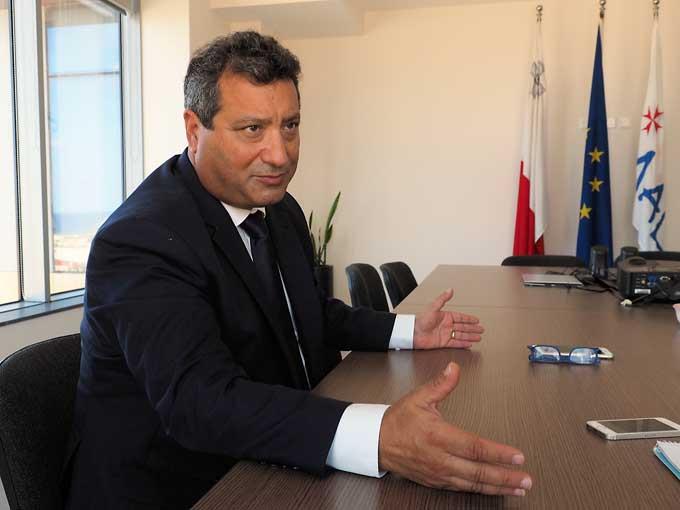
Quality versus quantity of tourists
Asked about a statement issued by the MHRA in which it called for a change in focus from the quantity of tourists to the quality of tourists, Gulia said he agreed with this “but there must be a mix of both quantity and quality. We should not talk about one without the other. Last year, we had 16,000 tourists from Japan that generated revenue of €24 million: now that is a source market of quality. These visitors will go to five-star hotels and spend more in our restaurants. We also had an increase in numbers from the American market. The MTA works closely with Trip Advisor. Up to a few years ago, Malta wasn’t on the American’s radar. Now, Americans are the fifth highest number of people who visit Trip Advisor to see what’s happening in Malta – more than other European countries.
Has Malta reached full capacity?
“We haven’t arrived there yet, and there are the seeds for growth and we are moving in the right direction. I don’t believe we have reached full capacity, and I’ll explain why. The best month of the year for tourism is August, when we get about 300,000 tourists. Compare this to the worst month of the year – where we have reached close to 100,000 because we’ve grown by about 14 per cent in the winter months – so you aim for marginal growth in summer, but in winter there is room for more growth.
“When people speak of capping tourist numbers, I can appreciate what they mean because things have become a bit heavy in summer, but there is room for growth in winter.”